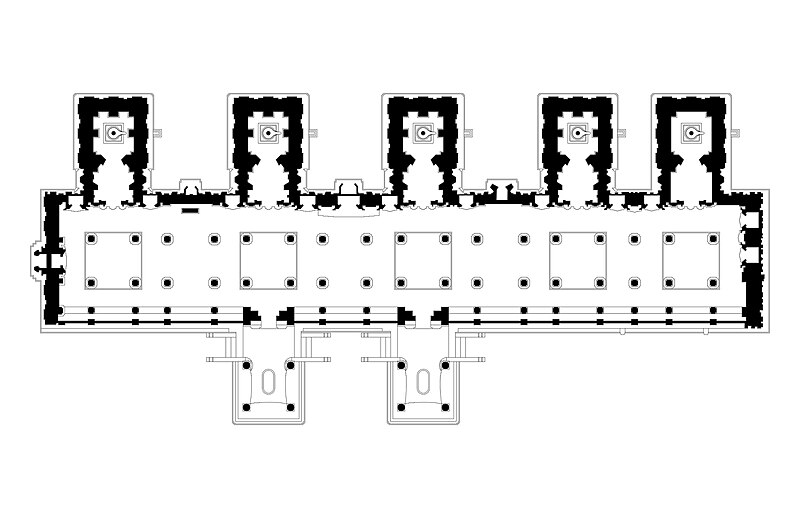File:Floor plan of Panchalingesvara Govindanahalli Karnataka.jpg

Original file (5,100 × 3,300 pixels, file size: 1.3 MB, MIME type: image/jpeg)
Captions
Captions
Summary[edit]
| DescriptionFloor plan of Panchalingesvara Govindanahalli Karnataka.jpg |
English: This is a JPEG format plan and architectural drawing of a historic Indian temple or monument. An alternate SVG format (scalable vector graphics) version of this file – for web graphics, design studies, print, dynamic and interactive applications – has also been uploaded to wikimedia commons.
The drawing and location of the monument:
|
|||
| Date | ||||
| Source | Own work | |||
| Author | Ms Sarah Welch |
Licensing[edit]
| This file is made available under the Creative Commons CC0 1.0 Universal Public Domain Dedication. | |
| The person who associated a work with this deed has dedicated the work to the public domain by waiving all of their rights to the work worldwide under copyright law, including all related and neighboring rights, to the extent allowed by law. You can copy, modify, distribute and perform the work, even for commercial purposes, all without asking permission.
http://creativecommons.org/publicdomain/zero/1.0/deed.enCC0Creative Commons Zero, Public Domain Dedicationfalsefalse |
File history
Click on a date/time to view the file as it appeared at that time.
| Date/Time | Thumbnail | Dimensions | User | Comment | |
|---|---|---|---|---|---|
| current | 15:25, 22 August 2021 |  | 5,100 × 3,300 (1.3 MB) | Ms Sarah Welch (talk | contribs) | Uploaded own work with UploadWizard |
You cannot overwrite this file.
File usage on Commons
There are no pages that use this file.
Metadata
This file contains additional information such as Exif metadata which may have been added by the digital camera, scanner, or software program used to create or digitize it. If the file has been modified from its original state, some details such as the timestamp may not fully reflect those of the original file. The timestamp is only as accurate as the clock in the camera, and it may be completely wrong.
| Orientation | Normal |
|---|---|
| Horizontal resolution | 300 dpi |
| Vertical resolution | 300 dpi |
| Software used | Pixelmator Pro 2.1.3 |
| Date and time of digitizing | 15:01, 22 August 2021 |
| Color space | sRGB |
| Date metadata was last modified | 15:01, 22 August 2021 |
| IIM version | 2 |